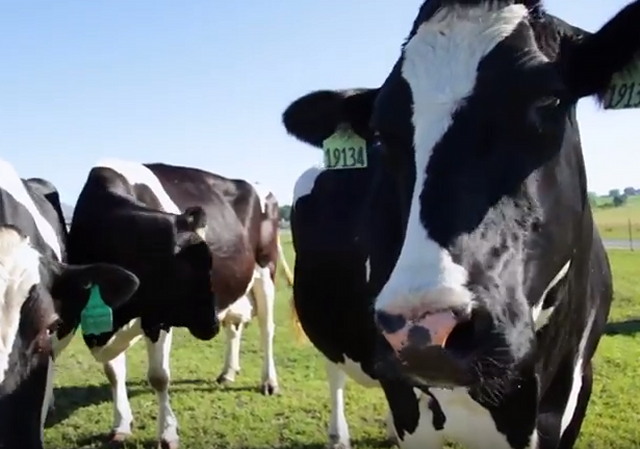U.S. to Begin Bulk Testing of Raw Milk for Bird Flu Virus

The last time I reported on the bird flu, California appeared to be the new epicenter for Highly Pathogenic Avian Influenza (HPAI) as up to 11 of the state’s dairy workers at herds impacted by the pathogen had become infected.
The symptoms of infection in all these cases were mild and included the “pink eye” that is associated with this strain of influenza when infection occurs in humans.
Now, the U.S. Department of Agriculture (USDA) has announced that it will soon begin testing bulk raw milk across the country for bird flu.
The move comes after livestock and veterinary groups pushed the USDA to strengthen its current surveillance approach, calling it inadequate to contain the virus, according to state records and industry documents reviewed by Reuters.The agency in early November will begin sampling milk in states where dairy cattle have contracted bird flu, including testing specific farms as needed to track the virus’ spread, [Agriculture Secretary Tom] Vilsack said in an interview.USDA will then begin testing in states that have not identified the virus in dairy cows, he said.The rapid spread of the virus in California, where nearly 200 dairy herds have tested positive since late August, contributed to the USDA’s decision that further surveillance efforts are needed, Vilsack said.”These situations evolve over time and as they evolve over time there needs to be a recalibration and adjustment,” Vilsack added.
Meanwhile, California is struggling to contain an increasing number of bird flu outbreaks at the Central Valley dairy farms, and veterinary experts indicate that the number of cattle deaths is far higher than anticipated.
Although dairy operators had been told to expect a mortality rate of less than 2%, preliminary reports suggest that 10% to 15% of infected cattle are dying, according to veterinarians and dairy farmers.“I was shocked the first time I encountered it in one of my herds,” said Maxwell Beal, a Central Valley-based veterinarian who has been treating infected herds in California since late August. “It was just like, wow. Production-wise, this is a lot more serious than than we had hoped. And health-wise, it’s a lot more serious than we had been led to believe.”A total of 56 California dairy farms have reported bird flu outbreaks. At the same time, state health officials have reported two suspected cases of H5N1 infections among dairy workers in Tulare County, the largest dairy-producing county in the nation. With more than 600,000 dairy cows, the county accounts for roughly 30% of the state’s milk production.Beal’s observations were confirmed by others during a Sept. 26 webinar for dairy farmers that was hosted by the California Dairy Quality Assurance Program — an arm of the industry-funded California Dairy Research Foundation. A summary of the findings and observations was reported in a newsletter published earlier this week by the program.
Finally, to wrap up the review of the most recent bird flu news, the first case of the virus being detected in swine was confirmed in a pig on a backyard farm in Oregon.
Pigs represent a particular concern for the spread of bird flu because they can become co-infected with bird and human viruses, which could swap genes to form a new, more dangerous virus that can more easily infect humans.The USDA said there is no risk to the nation’s pork supply from the Oregon case and that the risk to the public from bird flu remains low.Pigs were the source of the H1N1 flu pandemic in 2009-2010, and have been implicated as the source of others, said Richard Webby, a St. Jude Children’s Research Hospital virologist who studies flu in animals and birds for the World Health Organization.The finding of the virus in a small farm makes the pig infection less of a concern than if it had been detected in a commercial pig farm, he said.”I think it probably doesn’t increase the risk much, but surely, if this virus starts transmitting in pigs, that absolutely increases the risk,” he said.
Clearly, this particular virus will be around for a while. Fortunately, it doesn’t look like it will impact the 2024 election cycle.
CLICK HERE FOR FULL VERSION OF THIS STORY